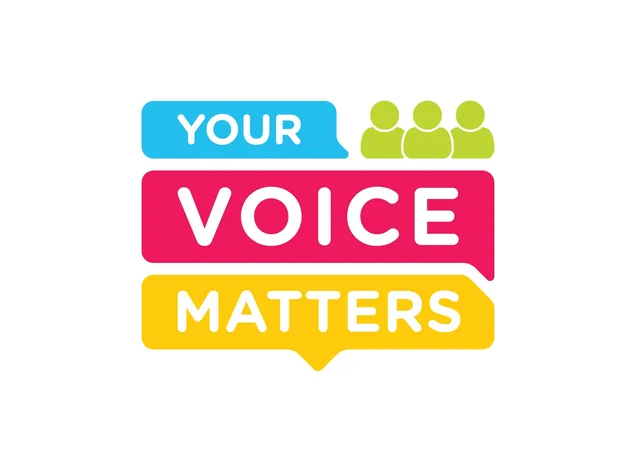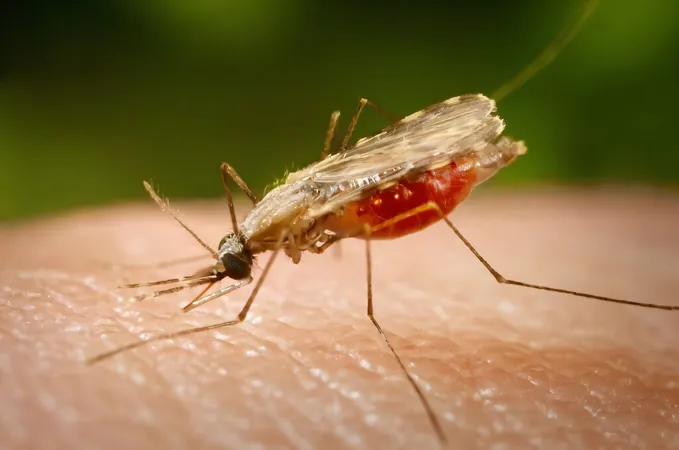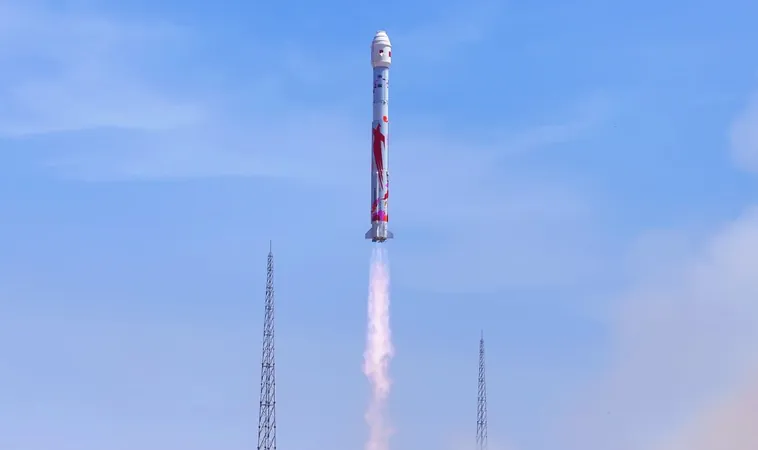
Breakthroughs in Combating Respiratory Syncytial Virus (RSV) Infections in Children: A Game Changer?
2025-01-16
Author: Rajesh
Introduction
Respiratory Syncytial Virus (RSV) is a formidable foe, primarily targeting the windpipe and wreaking havoc in infants' delicate lungs through conditions like bronchiolitis and pneumonia. The sad truth is that RSV is a leading cause of severe respiratory infections among children worldwide, impacting the health of millions.
The Impact of RSV
Shockingly, nearly all children will experience an RSV infection by the time they reach two years old. Each year, a staggering 33 million episodes of severe respiratory illness occur in children under age five due to RSV. It is the top reason for pediatric hospitalizations—about 3.6 million annually. Disturbingly, around 101,000 children lose their lives to RSV each year, with half of these deaths occurring in infants under six months old.
Disparities in Mortality
What makes this worse is that a staggering 98% of RSV fatalities happen in Low and Middle Income Countries (LMICs). Sadly, many children in these regions do not have access to proper medical facilities, resulting in four times more deaths occurring in the community than in a hospital setting. These grim statistics underscore that RSV is far more lethal to our youngest ones than any other virus, including influenza.
Statistics from Malaysia
In Malaysia, extensive studies conducted from 1982 to 2008 revealed that RSV was the notorious culprit behind 70.6% of all confirmed viral lower respiratory tract infections (LRTIs) among children under five. Hospitalization rates for RSV-infected children under two years were alarmingly high at 84.5%. From 2008 to 2013, data from the Tuanku Jaafar Hospital in Seremban indicated that 15.3% of admitted children required intensive care, with a case fatality rate five times higher than in developed nations.
Economic Burden and Need for Vaccines
The cost burden of RSV infection is tremendous in LMICs, highlighting a desperate need for effective immunizations that could save lives and significantly reduce healthcare spending. While researchers have pursued vaccine development since the 1960s, the landscape is finally changing.
Previous Treatments and Their Limitations
Until late 2022, Palivizumab was the only licensed monoclonal antibody (mAb) approved for RSV prophylaxis. However, it requires five monthly injections, protecting only 55% of those vaccinated and primarily benefiting premature infants and those with pre-existing health conditions. This left many term infants vulnerable to the virus.
Groundbreaking Developments in 2023
In a groundbreaking development in 2023, Nirsevimab emerged as a long-acting monoclonal antibody demonstrating an impressive 83.2% efficacy in preventing RSV-related hospitalizations among infants during their first five months. Real-world data indicates that it is 82-98% effective in preventing hospital admissions due to RSV, with a 70-90% success rate in avoiding ICU admissions.
Introduction of Maternal Vaccine
Additionally, 2023 saw the introduction of a maternal vaccine, designed to be administered during the third trimester, aiming to provide immunity in newborns during their most vulnerable months. This vaccine showcased an impressive efficacy rate of 81.8% in the first three months and 69.4% for the first six months of life.
Conclusion
With these advancements, we may finally have the tools needed to combat RSV effectively and protect the most vulnerable population: our infants. Health experts like Dr. Musa Mohd Nordin and Dr. Husna Musa suggest that we are now "spoilt for options" when it comes to preventing this once-deadly disease in little ones. As hope emerges, parents can finally breathe a little easier knowing that the tide may be turning against RSV.
Stay Informed
Stay informed, and don’t miss out on the latest breakthroughs that could save countless lives!




 Brasil (PT)
Brasil (PT)
 Canada (EN)
Canada (EN)
 Chile (ES)
Chile (ES)
 Česko (CS)
Česko (CS)
 대한민국 (KO)
대한민국 (KO)
 España (ES)
España (ES)
 France (FR)
France (FR)
 Hong Kong (EN)
Hong Kong (EN)
 Italia (IT)
Italia (IT)
 日本 (JA)
日本 (JA)
 Magyarország (HU)
Magyarország (HU)
 Norge (NO)
Norge (NO)
 Polska (PL)
Polska (PL)
 Schweiz (DE)
Schweiz (DE)
 Singapore (EN)
Singapore (EN)
 Sverige (SV)
Sverige (SV)
 Suomi (FI)
Suomi (FI)
 Türkiye (TR)
Türkiye (TR)
 الإمارات العربية المتحدة (AR)
الإمارات العربية المتحدة (AR)